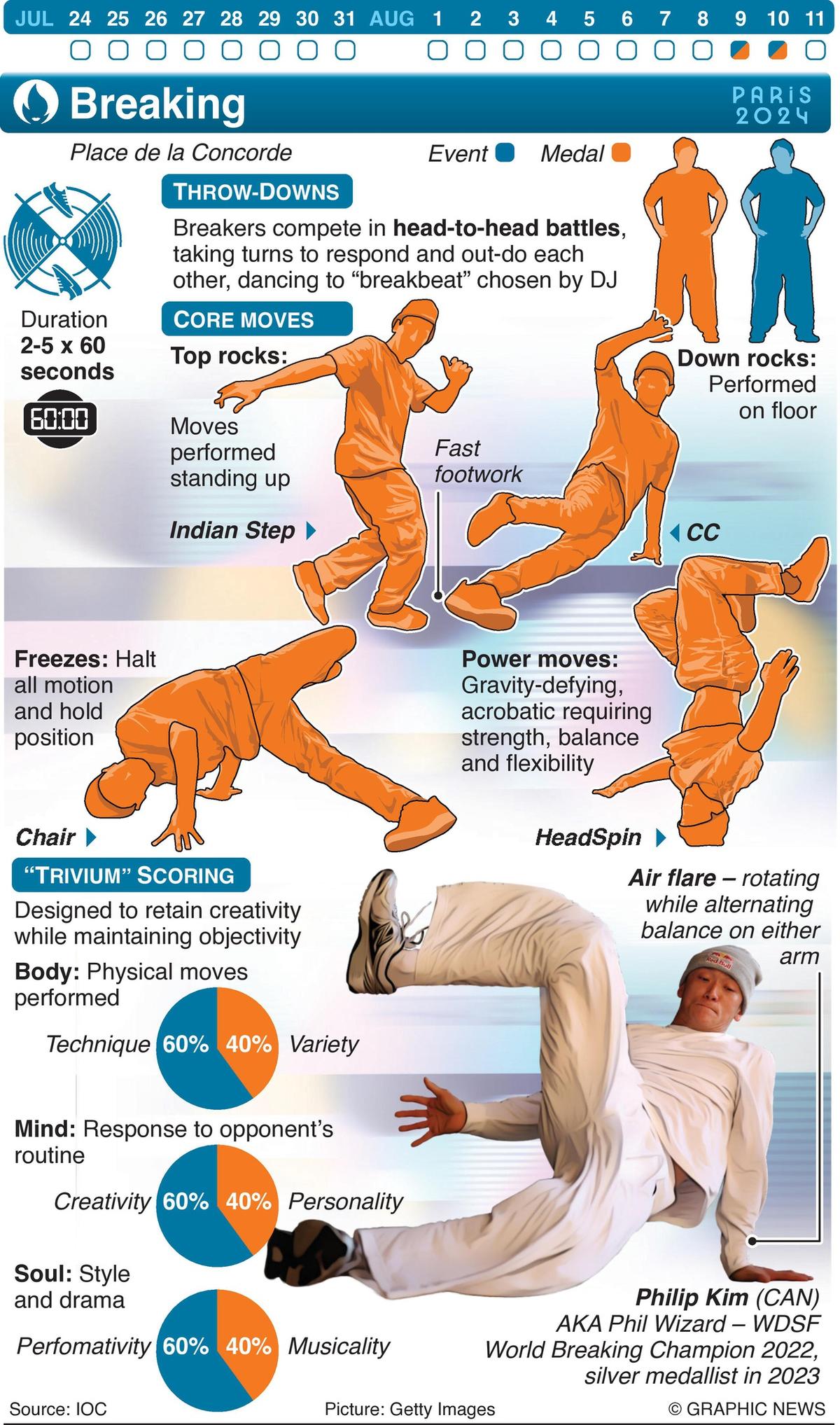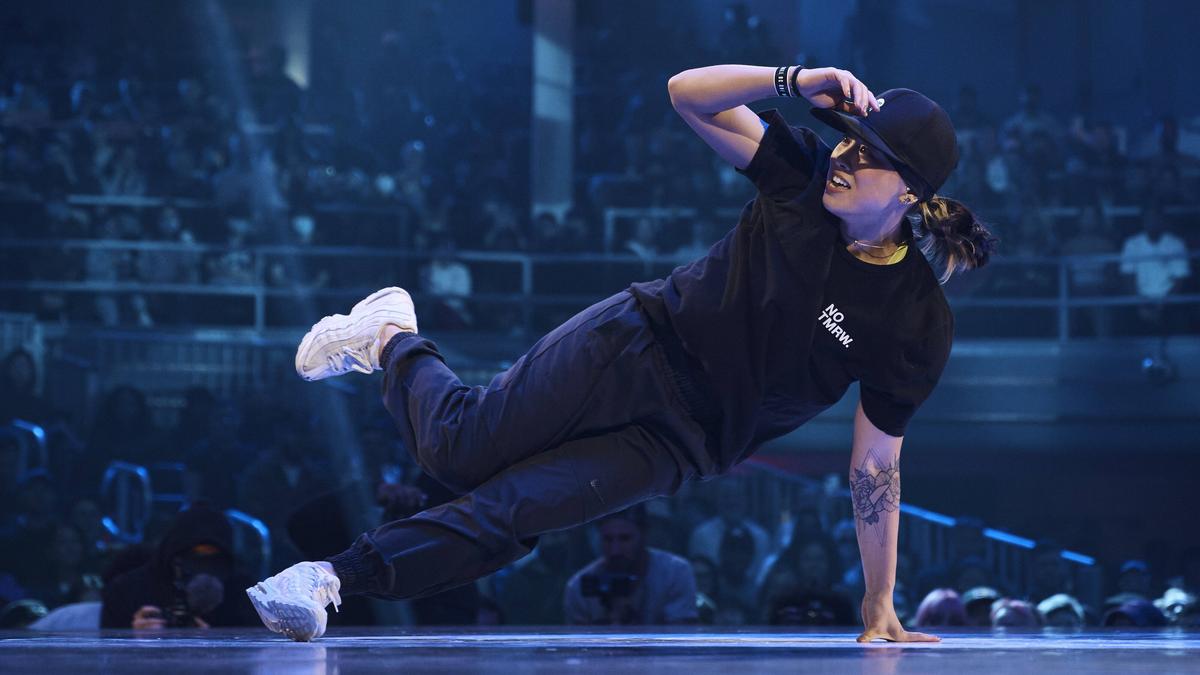Paris Olympics 2024: What is breaking? All you need to know about latest Summer Games sport
The Olympic Games, which initially started with just 43 events in nine sports in 1896, have come quite a long way. The Paris 2024 Olympic Games will feature a total of 329 events in 32 sports, making the event a true sporting spectacle. The IOC has decided to include two new sporting events in this edition.
With the Olympic Games commencing soon, Sportstar takes a look at the newly included sport of breaking, which will make its Olympic debut in Paris.
Breaking, also known as breakdancing, originated in the 1970s in the Bronx, New York, as a cultural dance form started by black and Latin American youth. It is characterised by its incredibly acrobatic movements, style, and footwork. In the early years, breakers would break at parties, in clubs, and on the street, practicing at home, in the hallways of buildings, or in community centres.
CLICK HERE FOR ALL THE PARIS 2024 UPDATES
International competitions were first held in the 1990s, popularising the dance form among the general public. It has evolved into a global art form with many elements of sport, given the athletic nature of breaking. In 2016, the IOC decided to add breaking to the 2018 Youth Olympic Games in Buenos Aires.
Following its outstanding success and popularity at the Games in Argentina, breaking was added to the Paris 2024 Olympic programme as a new sport.

The three basic elements that make up breaking are top rock, down rock, and freeze. Top rock refers to all moves that are performed while standing up—generally a combination of stylish hand movements and footwork. Freeze is when the breaker comes to a standstill in an unusual position (on their head or hands) in the middle of their routine.
But the most important and often the highlight of the performance is the down rock, which involves all moves done on the floor. It features spins, footwork, transitions, and, most importantly, power moves.
Athletes, or breakers, as they are called, go up against each other in a 1 vs. 1 battle and take alternate turns or throwdowns to perform their routines. A battle generally features a fixed number of sets from all breakers. Most major competitions have either two or three throwdowns until the final, which has three or five throwdowns. Each throwdown cannot be longer than 60 seconds, but there are no penalties for time violations.
At the Paris Olympics, there will be separate competitions for men and women, where the best 16 B-boys and 16 B-girls of the world will face off in solo battles.
A minimum of three or more judges score the battles on six criteria: creativity, personality, technique, variety, performativity, and musicality. Each aspect has a different weight in a battle, with technique, performativity, and creativity constituting 60 percent of the total score, while variety, musicality, and personality make up the remaining 40 percent. The votes are submitted after each round, and the breaker with the highest points is declared the winner.


